-
×
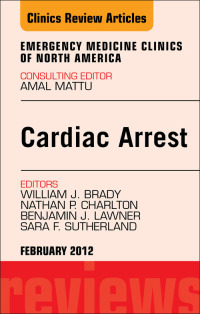 Cardiac Arrest, An Issue of Emergency Medicine Clinics (Original PDF from Publisher)
1 × $0.9
Cardiac Arrest, An Issue of Emergency Medicine Clinics (Original PDF from Publisher)
1 × $0.9 -
×
 Atlas of Common Pain Syndromes, 3rd Edition (Original PDF from Publisher)
1 × $0.9
Atlas of Common Pain Syndromes, 3rd Edition (Original PDF from Publisher)
1 × $0.9 -
×
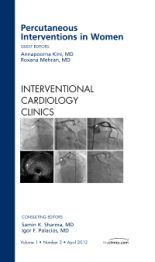 Percutaneous Interventions in Women, An Issue of Interventional Cardiology Clinics, 1st edition (The Clinics: Internal Medicine)
1 × $0.9
Percutaneous Interventions in Women, An Issue of Interventional Cardiology Clinics, 1st edition (The Clinics: Internal Medicine)
1 × $0.9 -
×
 Autoimmune Diagnostics (Original PDF from Publisher)
1 × $0.9
Autoimmune Diagnostics (Original PDF from Publisher)
1 × $0.9 -
×
 Textbook of Interventional Cardiology, 6th edition (Original PDF from Publisher)
1 × $0.9
Textbook of Interventional Cardiology, 6th edition (Original PDF from Publisher)
1 × $0.9 -
×
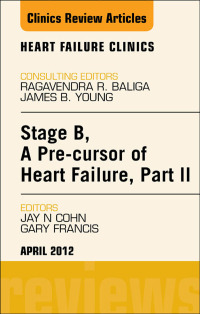 Stage B, A Pre-cursor to Heart Failure, Part II, An Issue of Heart Failure Clinics (The Clinics: Internal Medicine)
2 × $0.9
Stage B, A Pre-cursor to Heart Failure, Part II, An Issue of Heart Failure Clinics (The Clinics: Internal Medicine)
2 × $0.9 -
×
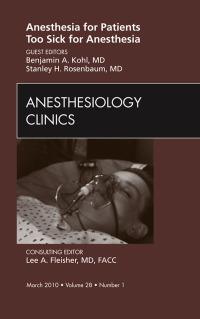 Anesthesia for Patients Too Sick for Anesthesia, An Issue of Anesthesiology Clinics (Original PDF from Publisher)
1 × $0.9
Anesthesia for Patients Too Sick for Anesthesia, An Issue of Anesthesiology Clinics (Original PDF from Publisher)
1 × $0.9 -
×
 Grading Student Midwives’ Practice: A Case Study Exploring Relationships, Identity and Authority (Routledge Research in Nursing and Midwifery) (Original PDF from Publisher)
1 × $4.2
Grading Student Midwives’ Practice: A Case Study Exploring Relationships, Identity and Authority (Routledge Research in Nursing and Midwifery) (Original PDF from Publisher)
1 × $4.2 -
×
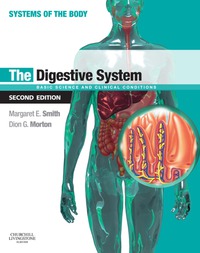 The Digestive System: Systems of the Body Series, 2nd edition (Original PDF from Publisher)
1 × $0.9
The Digestive System: Systems of the Body Series, 2nd edition (Original PDF from Publisher)
1 × $0.9
By Niti Khunger, Anil Ganjoo
A number of scar revision techniques can be utilized to treat specific types of scars, in combination with each other or with adjunctive therapies to achieve optimal results. Pathological conditions like hypertrophic scars and keloids are still challenging. Though a number of therapies exist to treat keloids, such as intralesional steroids and anti-metabolites, cryosurgery, to name a few, none are definitive in treatment. Understanding the molecular basis of keloids may lead to development of new therapies. Striae, also known as ‘stretch marks’, are extremely common, disfiguring and a real challenge to treat. Management of striae is a neglected field of research. Except for topical retinoids, the efficacy satisfactorily. Current treatment options include chemical peels, lasers and collagen induction therapy, with a tendency towards active intervention. However, studies are necessary to determine treatment strategies which produce results that are effective with minimal adverse effects.
Post-acne scarring is one of the most common causes of facial scars, causing considerable cosmetic disability. Acne is a common skin disorder, unfortunately affecting a large number of teenagers. Usually patients have a combination of different types of scars; hence no single modality is useful. A combination of procedures is generally required for a satisfactory cosmetic outcome. The use of fractional lasers is gaining importance, as it is a minimally invasive procedure as compared to aggressive resurfacing procedures of the past. Collagen induction therapy is another promising technique. Today, patients are also getting up-to-date information about the various modalities available for scar treatment through media, such as magazines, advertisements and internet. However, exaggerated advertisements and information from nonprofessional sources, particularly with regard to lasers can influence patient expectations and result in unrealistic expectations. Patients need to understand that deep scars cannot be eliminated fully and can only be improved. They usually have high expectations from procedural techniques. Proper counseling is extremely important for a happy and satisfactory outcome. Current innovations and techniques in scar prevention and management and increasing use of minimally invasive surgeries are paving the way toward smoother, less noticeable scars. Every surgeon practicing aesthetics should be well versed with modalities of scar management and this is the aim of this clinical update.
Product Details
- ASIN : B008IUBHVA
- Publisher : Elsevier India (July 12, 2013)
- Publication date : July 12, 2013
- Language : English
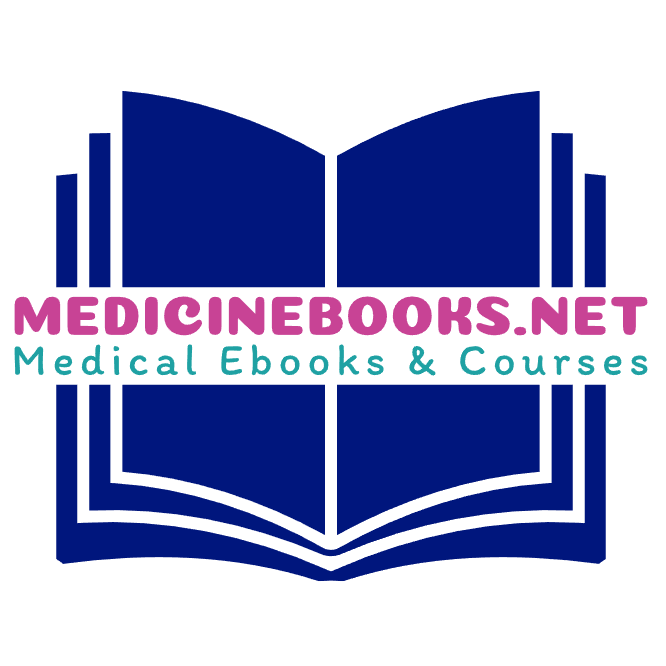
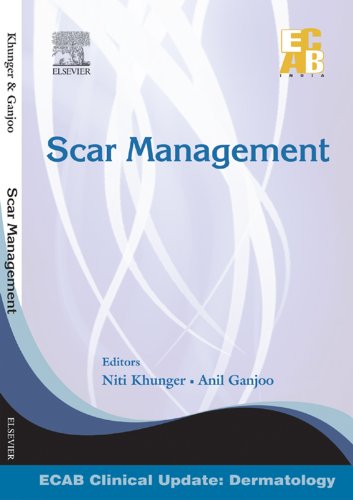
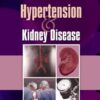

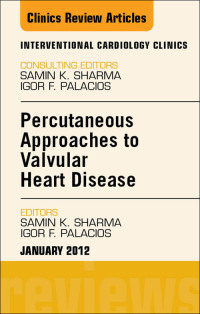

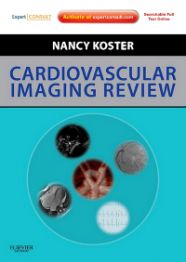

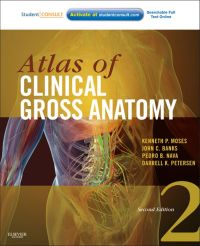


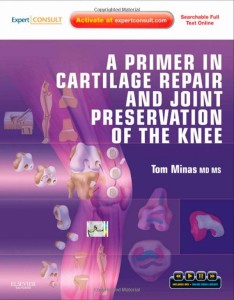
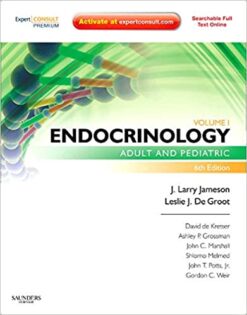
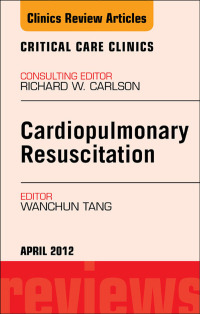

Reviews
There are no reviews yet.